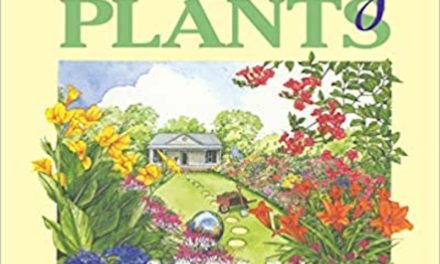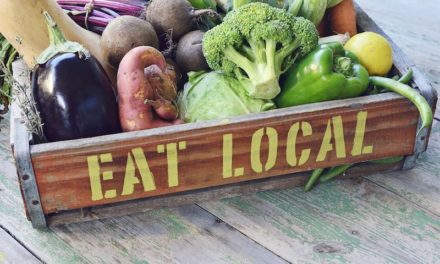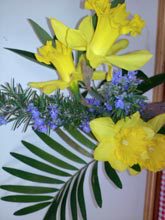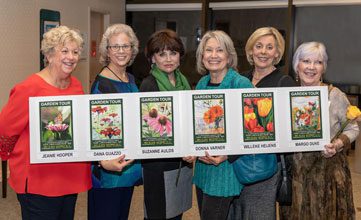 Our Lowcountry gardens are slowly awakening from their heat-induced stupor. Summer in the lower south can be brutal; it is much easier to enjoy the other seasons and fall has always been my favorite.
Our Lowcountry gardens are slowly awakening from their heat-induced stupor. Summer in the lower south can be brutal; it is much easier to enjoy the other seasons and fall has always been my favorite.
The autumn colors on flowers seem to be deeper. Perhaps it can be attributed to the different light as the sun lowers in the sky, but to my eye, they no longer have that sun faded look but a richer more saturated color. If I did my job and pruned well around the Fourth of July, the perennials will be at their best. Roses, which have languished over the summer, are waking up. The flowers are larger and brighter than they have been in months and the foliage seems to be more resistant to the usual rose-related problems like black spot. The gingers are in full bloom, perfuming the whole neighborhood, the citrus fruits are beginning to show their colors and the fiery red flowers on the Bottle Brush, Callistemon, are covered with butterflies. We do not often get the blazing colors on deciduous trees that many parts of the country get, but sometimes we do, and it is always magical to see a brilliant maple, sometimes adorned with lacy Spanish Moss.
It is time to change out the birdfeeders and put the millet away and bring out the thistle. The Painted Buntings have left for warmer climes and the Gold Finches are beginning to show up at their winter digs. I have been blessed with hummingbirds year round most years. I always make sure to have plenty of deep-throated red flowers like the Bouvardia ternifolia or Jatropha integerrima for them. These plants bloom reliably for me until we have a true frost.
The butterflies proliferate in early fall. They love the fresh supply of flowers and new leaves on their host plants. I tend to share willingly with them, even sacrificing an oleander now and then to the beautiful moth. As I look out at my Cassia bicapsularis this afternoon, the sulfur butterflies are flitting all over it laying their eggs. When the bright yellow flowers finally open, it will be hard to tell them apart from the little yellow sulphurs.
The watermelon and shrimp festivals are all over, but the harvest festivals and oyster roasts have replaced them. The very best garden tours take place in the fall when you can see mature plants. It is truly a bucolic time of year in the south.
Save the Date
October 1st, Lasagna Gardening Demonstration with Sandra Educate. Lowcountry Master Gardeners Lunch & Learn Program. Port Royal Farmers Market, 11:30 – 12:30. Please bring a chair and buy a fresh lunch from the market vendors. Learn how to easily and inexpensively build and nourish your soil.







